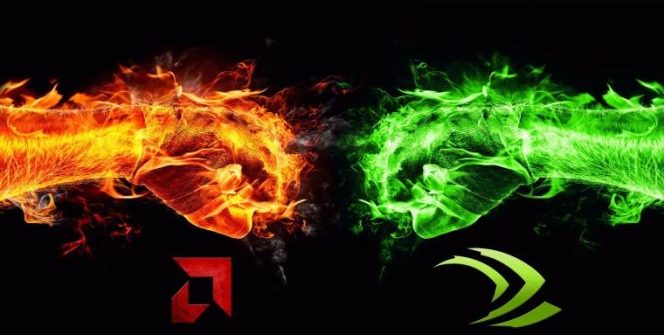TECH NEWS – In the early 2000s, something could have happened that would have shaken up the graphics card market (and the artificial intelligence market) in a big way.
Nvidia’s stock took a surprising tumble this week, and an ex-AMDer, Hemant Mohapatra, told the audience that the Jensen Huang-led company was on the verge of being swallowed up by AMD while the personal computing wave wasn’t even in its infancy… even though Nvidia is now worth more than AMD and Intel combined. But in the 2000s, processors still dominated the field, and even then, AMD and Intel dominated.
AMD cast its net over ATI Technologies and eventually bought the company in 2006, and if Huang hadn’t insisted on being CEO, AMD could have bought Nvidia. Mohapatra, an engineer, joined AMD when its stock was worth $40. The company had won big when its 64-bit processor (x86-64 architecture) outperformed Intel’s solution, but AMD made a mistake, he said, when “the reds” focused on a dual-core processor.
So now that Nvidia has far outstripped the market cap of AMD and Intel, I thought this would be a fun story to tell. I spent 6+yrs @ AMD engg in mid to late 2000s helping design the CPU/APU/GPUs that we see today. Back then it was unimaginable for AMD to beat Intel in market-cap… pic.twitter.com/bYCS5vY0QO
— Hemant Mohapatra (@MohapatraHemant) July 5, 2024
Relying more on logistics and marketing know-how, Intel sold its dual-core processors (Core 2 Duo) with two cores connected to each other and marketed them as dual-core CPUs. By the time AMD released a “true” dual-core processor, it was too late because Intel had dominated the market. The company responded by releasing a quad-core processor, but Intel stuck to its strategy and marketing and won by being first to market. Meanwhile, AMD was trying to enter the GPU market after buying ATI for $5.4 billion, and from then on the Radeon brand was tied to them.
AMD engineers did not like the ATI acquisition, according to Mohapatra. According to him, there was an inside joke that “AMD+ATI=DAMIT”. He believes it would have been a better decision to go with Nvidia. Developers at the time were focused on OpenGL, while Nvidia’s CUDA software was aimed at a niche market. From 2002 to 2008, AMD was led by Hector Ruiz, an electrical engineer, so Jerry Sanders, who founded the company, was no longer at the helm. Huang had no intention of selling Nvidia unless he was co-CEO of AMD, and his strategy for “the greens” was to lock down the hardware and software space with CUDA software and Nvidia chips. AMD did not follow suit and the two companies parted ways for good.
AMD never thought Nvidia was “in the same league” as Intel and ARM. According to Mohapatra, Huang’s persistence with his strategy was important for Nvidia because it laid the foundation for the company’s current state…
Source: WCCFTech
















Leave a Reply